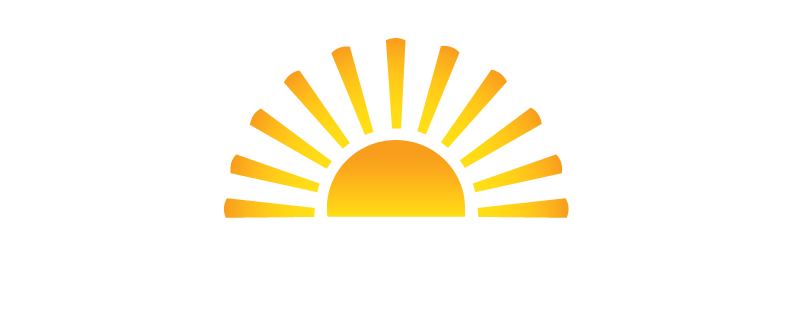What is degenerative disc disease?
Degenerative disc disease is one of the most common causes of low back and neck pain. Degenerative disc disease is not a disease, despite the name, but rather a condition in which natural, age-related wear and tear on a disc causes pain, instability, and other symptoms. It is normally the result of aging, however, younger people can have symptoms as well. Spinal injuries can also start the degenerative process of your discs at an earlier time.
Loss of fluid also contributes to the degenerative process of discs. In a healthy, young adult, the discs consist of up to 90 percent fluid. As a person ages, the fluid content decreases, making the discs thinner and stiffer. Because the discs become thin and stiff, they become less effective as a shock absorber, which can result in pain and other problems.
What are the symptoms of degenerative disc disease?
- Pain that is worse when sitting. While seated, the discs of the lower back have three times more load on them than when standing.
- Pain that gets worse when bending, lifting or twisting.
- Feeling better while walking or even running than when sitting or standing for long periods of time.
- Feeling better changing positions or lying down.
- Periods of severe pain that come and go. These can last a few days to a few months before getting better. They can range from nagging pain to disabling pain. Pain can affect the low back, buttocks, thighs or the neck, depending on where the affected disc is, radiating to the arms and hands.
- Numbness and tingling in the extremities.
- Weakness in the leg muscles or foot drop, a possible sign of damage to the nerve root.
What are the risk factors of degenerative disc disease?
- An acute or sudden injury, such as a fall
- Obesity
- Strenuous physical work
- Tobacco smoking
How is degenerative disc disease treated?
While there is no cure for degenerative disc disease, there are many therapy options that can help minimize its effects. The chronic pain experts at Twin Cities Pain Clinic specialize in a variety of treatments to help manage the pain caused my degenerative disc disease, including:
If you are experiencing any sort of back or neck pain, it doesn’t hurt to consult with a professional to get it checked out. Normal wear and tear is bound to happen, but over time it can get worse and lead to other issues if not treated correctly.


